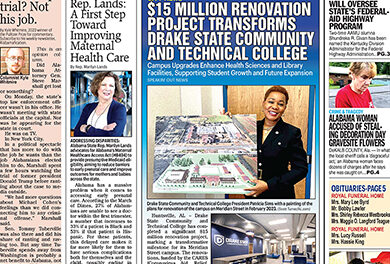By Mel and Pearl Shaw
As the new year begins many of us have big dreams for our nonprofit organizations and institutions. There’s so much we can accomplish. And some foundations, government agencies, and philanthropists have big dreams too. They bring them to life by funding nonprofits who can actually do the work that creates change, educates students, or cures Alzheimer’s disease, for example.
Big dreams and big money magnetically attract each other. “Big” could be $25,000 or $25 million. It all depends on your operating budget. Whether you say “yes” to pursuing big money, or turn down such an opportunity, can impact your organization – and community – for years to come. Learn three questions to ask before making a decision.
When you are approached to apply for a large grant it can feel as if your nonprofit has won the lottery. Maybe you’re a grassroots program, a national advocacy organization, or a college or university. In most cases the response is the same: you are excited and begin to evaluate how your programs fit into the grant guidelines. If the proposed grant could cover multiple years your team may feel the heavens have opened. Maybe, and maybe not.
The first pivotal question to ask when considering a major grant is whether it is in line with your mission, goals and strategic plan. You can contort your nonprofit and change your direction to secure the funding. But what will that do to your organization? If the grant funding is for services outside of your focus, why are you changing your priorities? There are legitimate reasons to change, but make sure yours is a conscious decision. If you change directions, will this be in addition to your “regular” work; and if yes, can you sustain both? Our general recommendation: don’t chase money that takes you off course.
If you accept funds that are not in line with the core work of your nonprofit, you can put your organization at risk. You may find that the time and money required for grant management, reporting, and evaluation are not covered in grant funding. Paying for these can become an additional – unfunded – expense.
Second, have you planned for the end of the grant – even as you prepare to apply for funds? For example, have you considered how you will replace the funds once a grant ends? Will the new grant-funded program/ service/advocacy become part of your long-range planning or business plan? If not, what will happen to those you serve?
Third, do you have the information you need to carefully construct a budget for the proposed work? Will grant funds cover current programs, or will you need to expand programming or launch a new program? Will you need to hire additional people? If yes, where will you find the talent you need? How will you retain current and new hires during the life of the grant? What will happen if staff leave your organization? How will you replace them? Our bottom line: take time to make wise decisions for your organization’s sustainability.
Copyright 2023 – Mel and Pearl Shaw of Saad&Shaw – Comprehensive Fund Development Services. Let us help you plan for 2023! Video and phone conferencing services are always available. Call us at (901) 522-8727. www.saadandshaw.com











